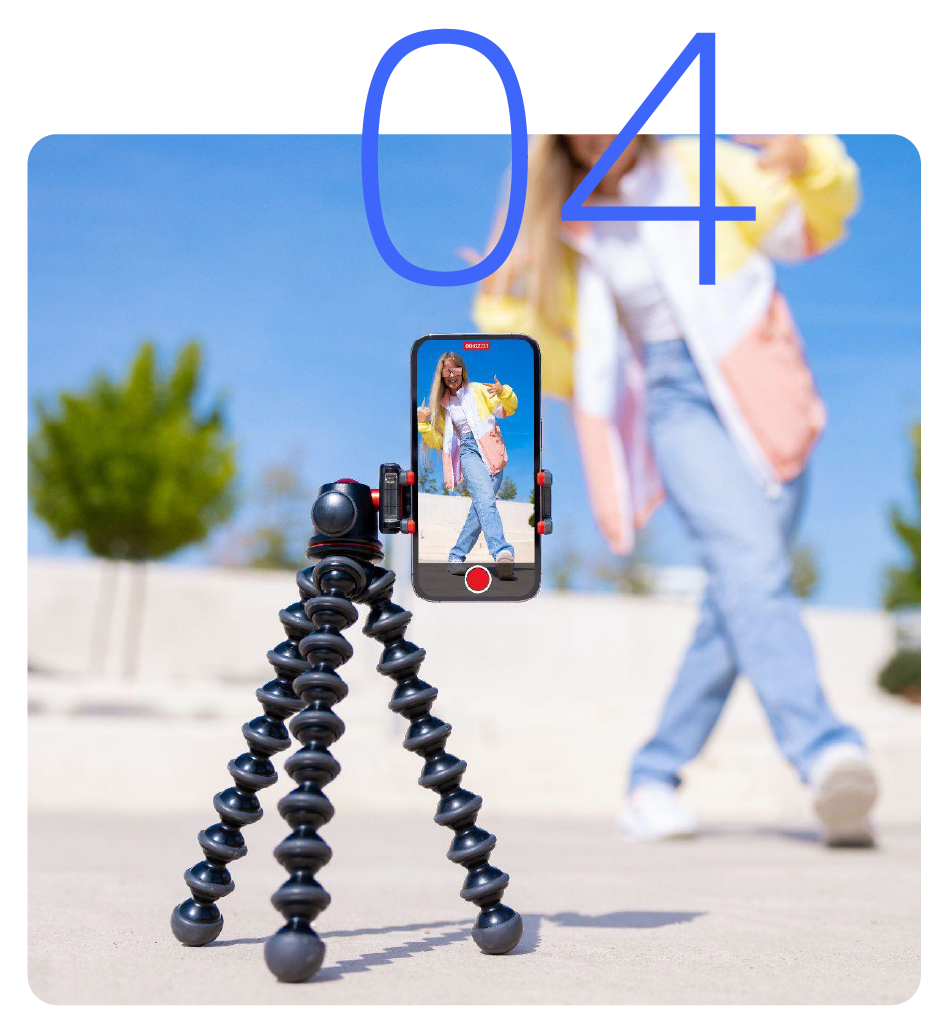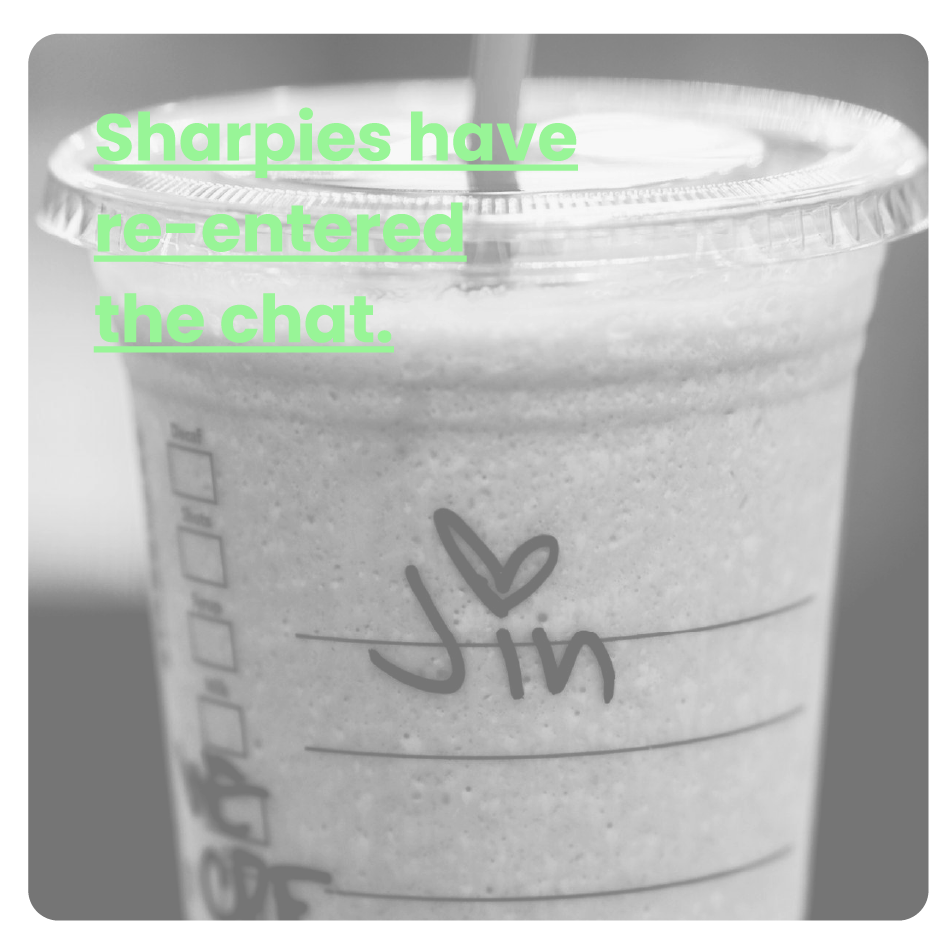From striving to max out one’s potential and switching between physical and digital realms, to prioritizing influencer-vetted products, brands and consumers alike are looking for ways to level-up. This month’s trends spotted by GPJ Strategists Sarah Freeman and Meghan Michalski.

1. Self-optimization has a new name
Auramaxxing is a gamified concept that can promote peak optimization for individuals and brands alike.
Auramaxxing is a TikTok trend that combines self-improvement and gamification to enhance one’s aura: personal energy, charisma, and social appeal. It draws from self-help and lifestyle optimization practices, including personal grooming, fitness, social behaviors, and mental well-being. TikTok users track their progress through a subjective “aura point” system, rewarding positive actions like confidence and self-care while penalizing inauthentic or embarrassing behaviors. This trend is part of the broader online culture of “looksmaxxing” and “heightmaxxing,” which emphasize optimizing one’s appearance and habits.
What it Means
Auramaxxing draws a fine line between encouraging confidence and promoting unrealistic expectations of success. However, when used sparingly and with the caveat that one does not have to be “maxed out” at all times, it is a new, powerful angle for promoting efficiency and improvement across all facets of life.
Key Takeaway
Striving to max out one’s potential can be an inspiration but can also create immense pressure. Brands should design experiences that foster incremental self-improvement on features like self-confidence and mindfulness that remove the pressure to reach full, excessive maximization.
2. Phygital holiday activations are taking over
With customers shopping across both digital and physical landscapes, brands are pushing boundaries across both.
Immersive brand experiences are now essential during the holiday season. Brands are vying to create the boldest, shiniest and most elaborate festive displays. Instead of only in-store transformations, brands are blending the virtual and physical realms to deliver a 360-degree “phygital” experience. Beauty brand Benefit recently launched Benemart, a virtual, gamified supermarket where customers can shop for holiday gifts while simultaneously opening the in-person Benemart pop-ups in London. Target is enhancing online shopping with AI, offering a more intuitive and personalized experience while also enhancing their in-store holiday displays.

What it Means
Brands are finding new ways for physical brand embodiment to make consumers feel as if they are an extension of the brand. They are also exploring digital avenues that are engaging and enhance their physical presence. Experiences and brand expressions are no longer relegated to one realm or the other.
Key Takeaway
As brands continue to experiment with phygital experiences, they’re creating unique, memorable interactions that deepen customer engagement and drive loyalty, setting a new standard for holiday shopping in 2024. As experience designers, we need to focus on seamlessly blending the physical and digital worlds.

3. The slow media renaissance is coming
In an age of fleeting moments, people are finding appeal in the permanence of analog media.
Print media’s resurgence reflects a desire for slower, more immersive consumption to replace the dopamine doom scroll. With constant competition for our attention, high-end collectibles like remastered vinyls, shoe drops, and coffee table books offer a sense of permanence, keeping consumers connected to the branded experience long after the initial interaction. Brands are utilizing scarcity tactics to reward select loyalists with exclusive, limited-edition content that makes them feel a part of an inner circle. From travel editorial magazines to revamped retailer catalogs, analog media provides the needed emotional human touch that resonates with consumers of today.
What it Means
The slow build and curation of a tangible item can attribute more value and meaning. Slower media is respectful of an audience’s time and attention as it does not berate them with constant content and messaging. Showcasing respect can lead to better, more loyal consumers in the long run.
Key Takeaway
Events are not immediate transactional relationships. They can be curated and thoughtfully designed to cultivate deep, emotional connections and micro communities. Creating experiences that include exclusive, tactile experiences that foster a sense of belonging, collective pride and memorability, can transcend the fleeting nature of digital engagements and establish lasting brand loyalty.
4. Word-of-mouth recommendations are dwindling
Gen Z is ditching advice from friends and
turning to influencers.
The modalities for receiving recommendations and reliable information are shifting from friends, family, and traditional brand advertisements to influencers. Gen Zers prefer the news and information they consume to be solutions-based, actionable–content given to them by an online creator whom they follow and trust. They often attribute this loyalty to the feeling of getting real-time updates from a friend without needing the complexities of a real relationship. Updates, recommendations and opinions are now packaged with a greater sense of authenticity and ‘hyper-reality’ that traditional advertisements can’t always deliver to broad audiences.

What it Means
Gen Z craves content and modalities that provide them with a feeling of connection without requiring them to truly connect with creators. They are drawn to influencer’s portrayed relatability and authenticity. These one-sided relationships provide the people behind the screens with a sense of proximity and affinity without commitment.
Key Takeaway
Trust and authenticity are constantly on Gen Z’s minds, yet they are also drawn to the low-commitment nature of parasocial relationships. Influencers have successfully tapped into these desires, making them a powerful tool that brands can utilize to shape consumer behavior and preferences pre-, during and post-IRL event experiences.
OUT-THERE EXPERIENCES
People, brands and marketers continue to push the boundaries of physical and digital experiences, with new and creative executions popping up across the globe.
Catch up on all our previous Experience Intelligence reports. Or schedule a strategy session with us!



